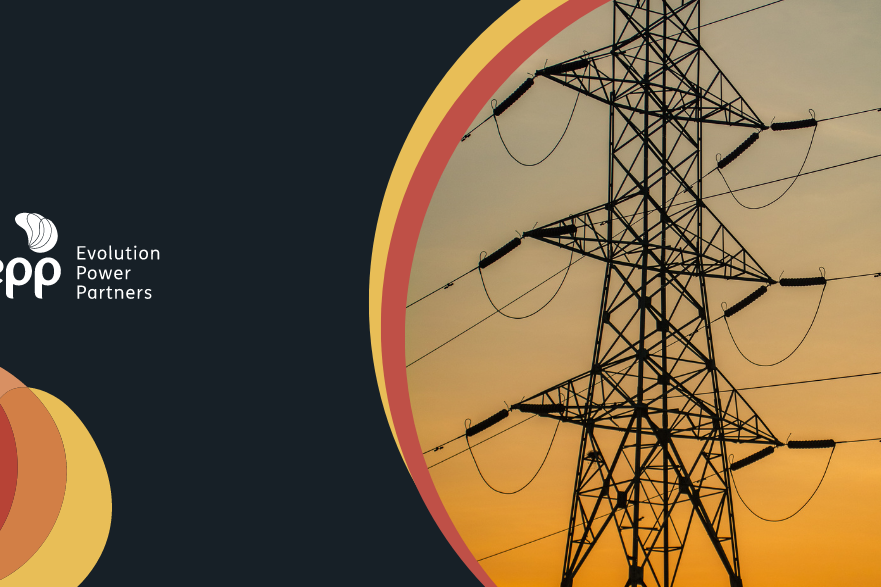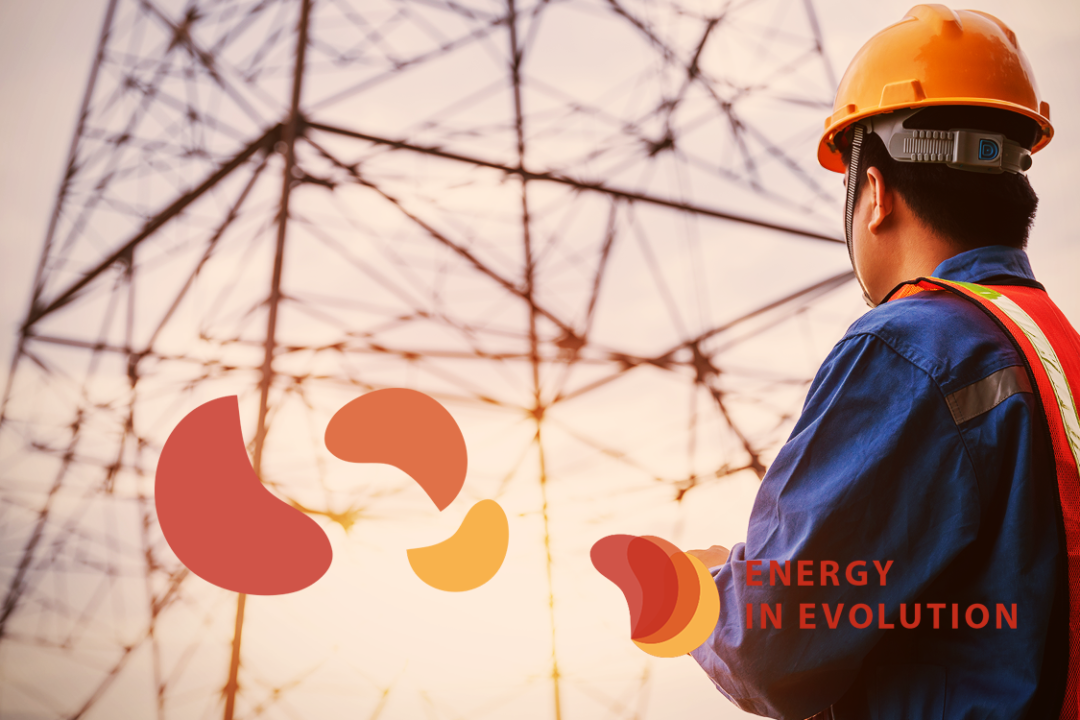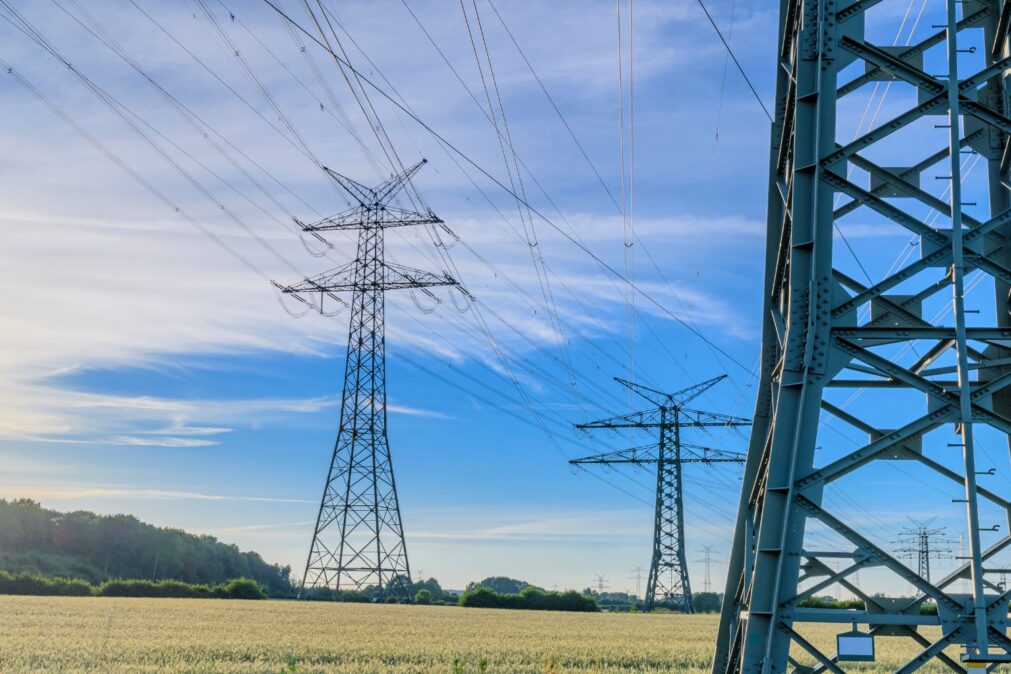One of the advantages of biomass energy is that it is a 100% renewable resource and has a low cost and high capacity for using waste.
Do you know how biomass energy is produced? Biomass is the term used to define a mass of debris from living or decomposing organisms. It can be of animal or vegetable origin, such as food scraps, fruit peels, wood or by-products of livestock and agriculture.
Electric generation from biomass is carried out by thermoelectricity. That is, the thermal energy produced through the combustion of biomass is transformed into mechanical energy, and later, into electrical energy. Understand better on the subject!
How is biomass energy produced?
There are four ways to turn biomass into energy. The basis of production is the conversion of the raw material into an intermediate product. This product can serve as fuel that will produce mechanical energy and, later, electrical energy.
Pyrolysis: biomass is exposed to high temperatures, without the presence of oxygen, which accelerate its decomposition. What is left over from decomposition is a mixture of gases, vegetable oils and charcoal.
Gasification: as in pyrolysis, biomass is also heated in the absence of oxygen, resulting in a flammable gas as a final product. This gas can still be filtered, in order to remove some residual chemical components.
Combustion: here the biomass is burned at high temperatures in the presence of abundant oxygen, producing steam at high pressure. This steam is generally used to move turbines. This is one of the most common ways to generate energy from biomass and its energy efficiency is 20 to 25%.
Co-combustion: this practice proposes the replacement of part of the mineral coal used in thermoelectric plants with biomass. The purpose of this exchange is to reduce the emission of pollutants. The biomass performance range is 30 and 37%.
Unlike fossil fuels, biomass is a renewable natural resource. In addition, the resource has other advantages, such as low acquisition costs, emissions do not contribute to the greenhouse effect and is less aggressive to the environment when compared to the exploitation of mineral coal and oil, for example.
Although it has these benefits, biomass energy has some disadvantages, such as reduced efficiency, difficulty in transporting and storing solid biomass and lower calorific value in relation to other fuels.
Why is biogas a viable alternative?
With the oil crisis in the past, there was an investment and development in energy generation through anaerobic processes. Biogas is one of the products generated from biomass and is a viable alternative to invest in Brazil. This gas comes from the anaerobic decomposition of organic matter and is composed of methane, carbon dioxide, hydrogen, oxygen, among others.
Amapá is a state in Brazil that suffered for days with a lack of energy. A survey carried out by CIBiogás showed that biogas could supply 50 thousand people in the state. In other words, if there were prior investment, it would be possible to generate 15 million cubic meters of biogas per year for the region, from solid urban waste and fish farming waste. This generation could help local companies and industries to keep their products refrigerated during a power outage.
But despite advances in cleaner energy production, Brazil will remain dependent on oil, natural gas and matrix coal until 2030. According to ANEEL, there are currently more than 500 biomass plants spread across the country, but these numbers correspond to only 8% of the total energy produced. Thus, it is necessary to develop the sector and the market so that this source gains more importance.
Therefore, investing in biomass energy is a good bet for the future. In the long run, the trend is for the source to develop and gain prominence, after all, the country already has enough raw materials and technology to promote the matrix. If you liked this text and were interested in the subject, read our content on investment in renewable energy.






